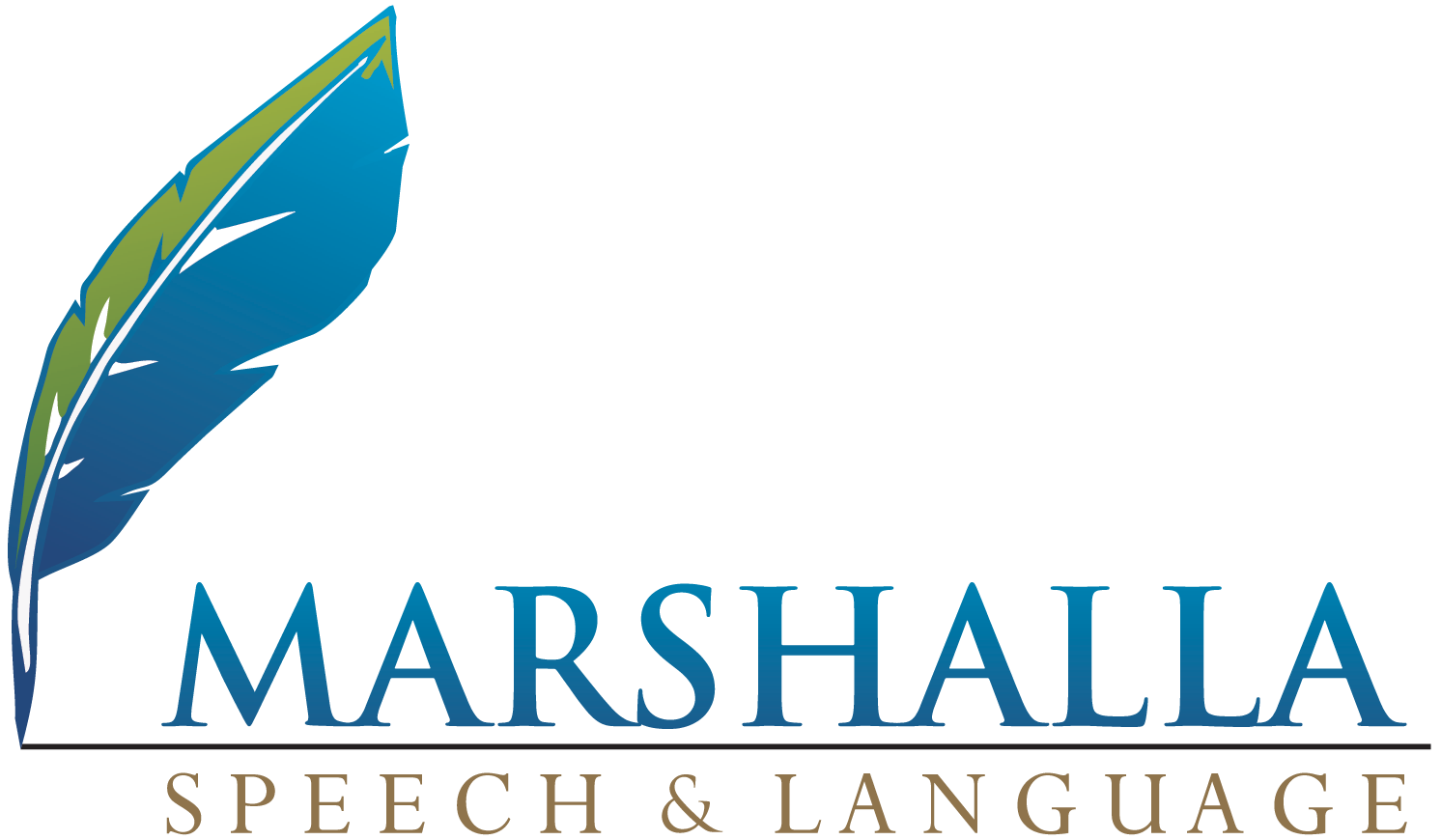Q: How can I get my client to elevate the tongue-tip instead of the blade to produce lingua-alveolar phonemes? Following my 22 Fundamental Methods of Facilitating Jaw, Lip, and Tongue Movements, I would do one or more of the following: Assist – Lift the tip with a tongue depressor. Associate – Find one phoneme in which the client elevates the tip, and use that phoneme movement to teach the others. Contrast – Contrast tongue-tip elevation with tongue-back elevation. Cue –…
Facilitating Tongue-Tip Elevation
By Pam Marshalla

